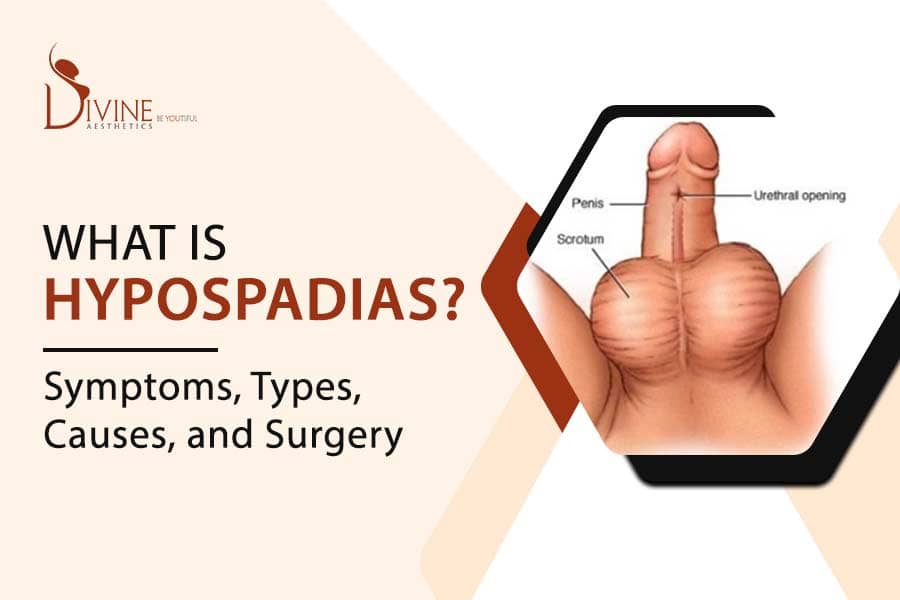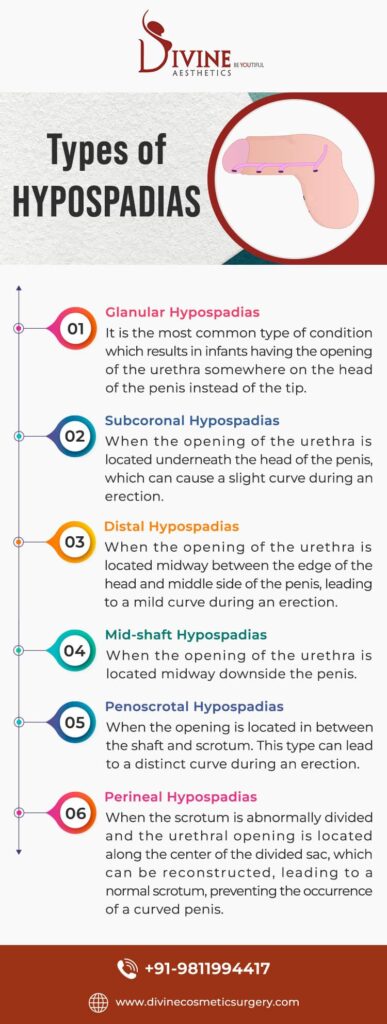Hypospadias is a type of malformation that occurs in male infants across the globe. Approximately 1 in 250 male births suffers from this condition, and it often goes unnoticed.
Read this article to learn more about Hypospadias, its symptoms, types, causes, and how it can be resolved.
What is Hypospadias?
Hypospadias is a congenital defect in which the opening of the urethra is underneath the penis of the infant instead at the top of the tip. This condition usually goes unnoticed and can only be diagnosed and treated by experienced medical professionals.
Now, even though Hypospadias may not appear to be a glaringly dangerous condition for most patients at the present moment in their life. It certainly can end up causing problems such as needing to sit while peeing or even creating difficulty during intercourse. This is why it is recommended that if a child is suffering from this condition, then he should get the right treatment that he needs irrespective of the cause of the disease.
Hypospadias can result in a curved penis. In order to straighten the penis, and avoid the complication that comes along with it, the patient can undergo a simple surgery and eliminate any present and future complications.
Watch the video Hypospadias Causes, Symptoms, Diagnosis & Treatment
What Are the Main Symptoms of Hypospadias?
The symptoms of hypospadias can be identified by assessing the penis of the infant during a routine after-birth examination. Hypospadias can be easily cured at a young age. Additionally, the examination of a newborn male baby for hypospadias is a part of the routine after-birth examination.
The most prominent symptoms of this condition entail an unnecessary and misplaced hole at the bottom of the shaft of the penis, as well as an undeveloped foreskin. Other symptoms may include abnormal spraying during urination, a covered appearance of the penis, and a downward curve of the penis, also referred to as ‘chordee’. However, despite the visible symptoms, it is always advised that you let a medical professional diagnose whether your child is suffering from Hypospadias or not.
If any symptom is detected about the infant suffering from hypospadias, then proper treatment should be administered as soon as possible in order to avoid the development of any further complications.
What are the different types of Hypospadias?
The types of hypospadias surgery depend on the location of the urethral opening. It can be located along the shaft, on the head of the penis, or on the scrotum, which is a sac that contains the testicles. These conditions can cause abnormal spraying of the urine, which later results in complications in sexual life during adulthood. Following are the types of hypospadias which are usually found in infants:
- Glanular Hypospadias – It is the most common type of condition which results in infants having the opening of the urethra somewhere on the head of the penis instead of the tip. It should be noted that it may not require a surgical correction, since it does not cause an abnormal urinary stream or penis to curve during an erection.
- Subcoronal Hypospadias – When the opening of the urethra is located underneath the head of the penis, which can cause a slight curve during an erection.
- Distal Hypospadias – When the opening of the urethra is located midway between the edge of the head and middle side of the penis, leading to a mild curve during an erection.
- Mid-shaft Hypospadias – When the opening of the urethra is located midway downside the penis.
- Penoscrotal Hypospadias – When the opening is located in between the shaft and scrotum. This type can lead to a distinct curve during an erection.
- Perineal Hypospadias – When the scrotum is abnormally divided and the urethral opening is located along the center of the divided sac, which can be reconstructed, leading to a normal scrotum, preventing the occurrence of a curved penis.
What Causes Hypospadias?
Hypospadias is a birth defect and as of now, doctors aren’t sure why it occurs in some male infants. However, some possible causes of this condition are:
- Genetics: It’s more likely for boys to suffer from this condition if they have a father or brother who suffered from this condition too. It is also associated with some genetic syndromes.
- Fertility Treatments: In case the mother underwent some sort of hormone therapy in order to get pregnant.
- The Mother’s Age and Weight: There are higher chances for a baby to be born with hypospadias if the mom was overweight and over the age of 35. It is also possible in cases where the mother suffered from diabetes before the pregnancy.
- Exposure to smoking or pesticides: If the mother is exposed to toxic chemicals while she is pregnant with her child.
- Premature baby: When the infant is born before the expected delivery date.
How Does Hypospadias Surgery Work?
There are several techniques that can be used for performing a hypospadias surgery. It should be noted that surgery is not a necessity in most cases of hypospadias. For example, if the location of the opening is near the tip, the penis often works well enough without requiring any surgery.
But in cases where surgery is required, the procedure often includes straightening of the penis. The goal of the surgical correction is to create a penis with normal functionality and appearance with a urethral opening as close as possible to the ventral tip of the penis.
Surgical correction should result in a properly directed urinary stream and a straightened penis upon erection. Doctors often use the foreskin or skin from other parts of the body to repair the opening.
This surgery is usually performed on children between the ages of 3 -18 months. The child can go home on the same day as the procedure. If for some reason the hypospadias diagnosis is missed by the doctor or is not detected right after birth, then it can be corrected later on.
The surgery for fixing this condition is highly successful. It also works on adults who have the same problem. Though it is slightly more difficult to perform it on adults and so it’s not done so until it is necessary.
Why Should You Get Hypospadias Treatment at Divine Cosmetic Surgery?
At Divine Cosmetic Surgery, we understand the importance of providing great results to patients. This is why we only have the best medical professionals on our team which is led by Dr. Amit Gupta, who has experience in performing successful plastic surgeries for the past 20 years under his belt.
Our team of medical experts makes sure that your child is in completely safe hands and can get the best treatment for hypospadias. On top of this, we ensure that we are there for you and your child at every step of the recovery.
So, what are you waiting for? Book your first consultation and see how we can help you today.
Conclusion
Learn what hypospadias is, its symptoms, types, causes, and the treatment that you can get to treat this condition.




